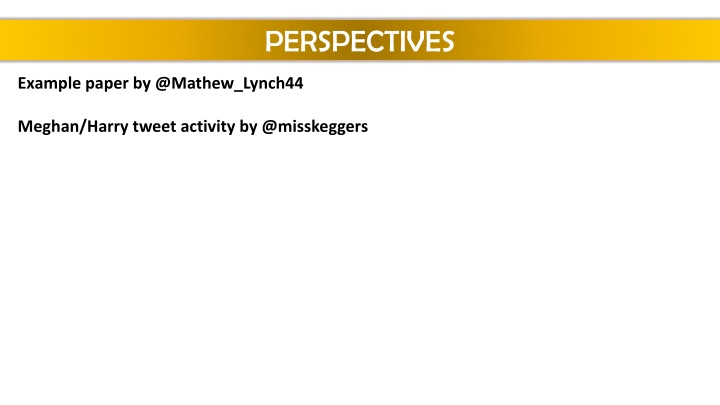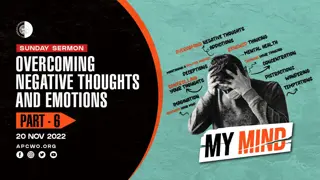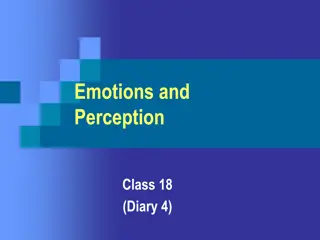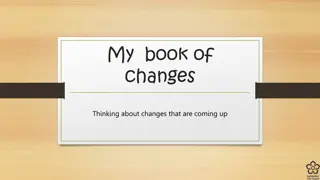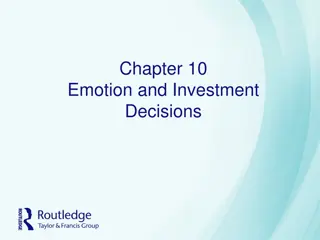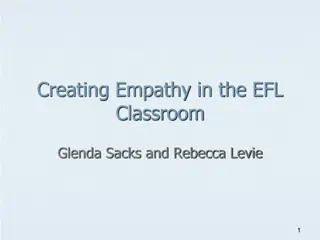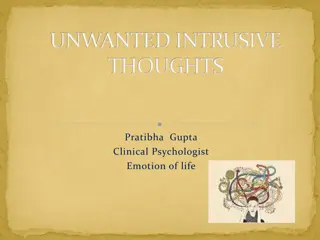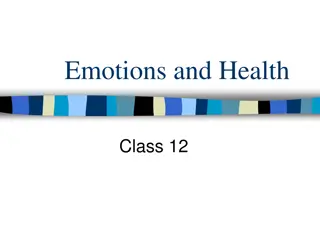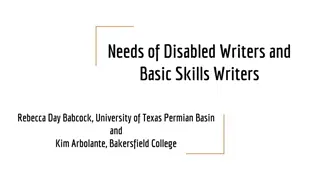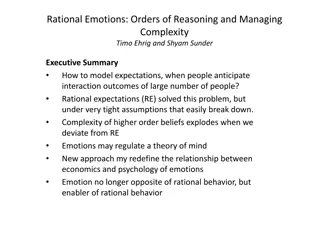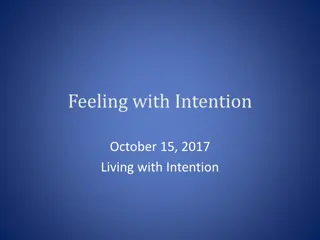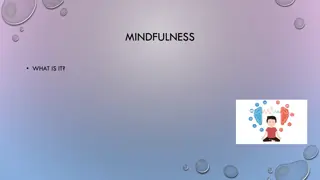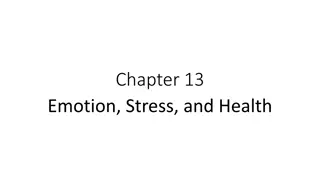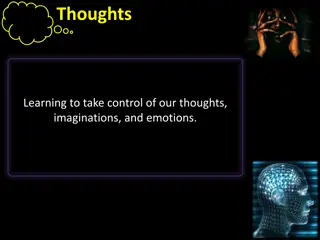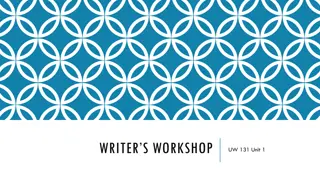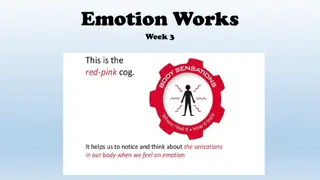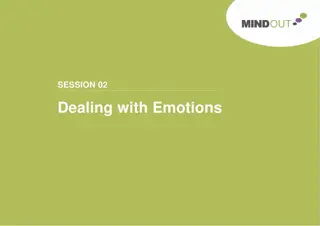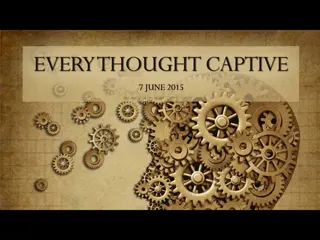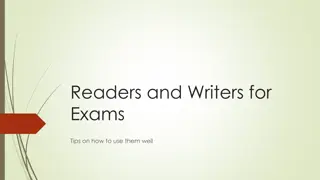Analyzing Perspectives: Writers' Thoughts and Emotions
Delve into the perspectives of writers showcased in an example paper by Mathew Lynch and Meghan/Harry tweet activity by misskeggers. Explore questions on the writers' thoughts, feelings, imaginings, and experiences, and understand how they convey their perspectives through various methods and tones.
Download Presentation

Please find below an Image/Link to download the presentation.
The content on the website is provided AS IS for your information and personal use only. It may not be sold, licensed, or shared on other websites without obtaining consent from the author.If you encounter any issues during the download, it is possible that the publisher has removed the file from their server.
You are allowed to download the files provided on this website for personal or commercial use, subject to the condition that they are used lawfully. All files are the property of their respective owners.
The content on the website is provided AS IS for your information and personal use only. It may not be sold, licensed, or shared on other websites without obtaining consent from the author.
E N D
Presentation Transcript
PERSPECTIVES Example paper by @Mathew_Lynch44 Meghan/Harry tweet activity by @misskeggers
YOUR STARTER: CONSIDER THESE QUESTIONS Consider the questions below. When answering question 4 of paper 2, you are dealing with the perspectives of the writers. With this in mind, how do you think these questions end? HINT: Only one word is needed to complete each question. What is the writer t_______? What is the writer f_______? What is the writer i_______? What is the writer e_______?
YOUR STARTER: CONSIDER THESE QUESTIONS Consider the questions below. When answering question 4 of paper 2, you are dealing with the perspectives of the writers. With this in mind, how do you think these questions end? HINT: Only one word is needed to complete each question. What is the writer thinking? What is the writer feeling? What is the writer imagining? What is the writer experiencing? FOUR KEY WORDS FOR QUESTION 4!
QUESTION 4 Question 4 is a comparison question. Question 4 is about what the writer is thinking, feeling, imagining and experiencing. It is not just a comparison of anything it is a comparison of the perspectives of the two writers. In your answer, you must discuss the methods the writers choose to show their thoughts, feelings, imaginings and experiences in each text. You are looking for 3 things: What does the writer think/feel/imagine/experience/believe? What methods do they use? What is their tone?
QUESTION 4 CRUNCHED Question 4 is a comparison question. Question 4 is about what the writer is thinking, feeling, imagining and experiencing. It is not just a comparison of anything it is a comparison of the perspectives of the two writers. In your answer, you must discuss the methods the writers choose to show their thoughts, feelings, imaginings and experiences in each text. You are looking for 3 things: What does the writer think/feel/imagine/experience/believe? What methods do they use? What is their tone?
IDENTIFY THE PERSPECTIVE What is the writer thinking? What is the writer feeling? What is the writer imagining? What is the writer experiencing? Make notes around the tweets in your books.
EXPLAIN THE PERSPECTIVE Now consider how you know the writer s perspective. What have they said? Why have they said it? How have they said it? Make notes around the tweets in your books.
Negative/critical/cynical/pessimistic Repetition of unsuitable suggests she is an inappropriate choice and almost sounds like an outfit choice rather than a fiancee! List of reasons adds emphasis to argument. Makes opinion sound like fact.
Positive/congratulatory Positive adjectives such as wonderful and beautiful sound sincere and warm. Capitalisation of BIG adds emphasis to the well- wishes.
TEACHERS ON TWITTER: IDEAS AND STRATEGIES We teach the importance of attitude tracking when reading text... just one word in the margin per paragraph to summarise writer s attitude. Makes making comparisons a bit easier! Important to remember Q4 is an amalgamation of requirements of q1, 2 & 3. Good English Language revision today with students really starting to understand the flow of the reading paper; a cracking question 4 response really depends on a thorough job being done on 2 and 3 with a clear annotation trail to spot trends and link ideas. Plan for this question by tracking in the margin of each source what the mood or opinion of the writer is. Concentrate on +/- Annotate what evidence in the extract shows the writer's opinion. Additionally, concentrate on the language devices used in source
YOUR TASK: READ THE SOURCES What is the writer thinking? What is the writer feeling? What is the writer imagining? What is the writer experiencing? Your tasks: Read Source A and B. In the margin, next to each paragraph, summarise the writers attitudes in just ONE word to help you track their perspective. Next highlight one or two quotations maximum that have helped you to make this decision. Like the tweets, quickly make annotations about the methods the writer uses to present their perspective.
METHODS NOT JUST LANGUAGE DEVICES! Language devices Tone of writing Facts/Opinion Direct address Anecdotes Formality Purpose of text Bias Hyperbole Ordering of details (Chronology) POV Word groups Dialogue
YOUR TASK: ANSWER THE QUESTION Q4: Compare how the two writers convey their attitudes to air pollution. In your answer you should: Both writers The two texts convey different attitudes compare their attitudes compare the methods they use to convey their attitudes. support your ideas with quotations from both texts. In Source A, the writer feels/thinks/imagines/experiences/believes whereas in Source B, the writer This is particularly evident when they discuss , stating If you can ask why/how? to anything written, the answer is not yet perceptive . The use of here is particularly effective I DO Watch as I model on the board what an answer should look like as well as the approach you should take with this question. Perhaps the writer wants to convey a sense of showing the reader that
YOUR TASK: ANSWER THE QUESTION Q4: Compare how the two writers convey their attitudes to air pollution. In your answer you should: Both writers The two texts convey different attitudes compare their attitudes compare the methods they use to convey their attitudes. support your ideas with quotations from both texts. In Source A, the writer feels/thinks/imagines/experiences/believes whereas in Source B, the writer This is particularly evident when they discuss , stating If you can ask why/how? to anything written, the answer is not yet perceptive . WE DO The use of here is particularly effective Let s work on our next point together. Be prepared to share your ideas. Perhaps the writer wants to convey a sense of showing the reader that
YOUR TASK: ANSWER THE QUESTION Q4: Compare how the two writers convey their attitudes to air pollution. In your answer you should: Both writers The two texts convey different attitudes compare their attitudes compare the methods they use to convey their attitudes. support your ideas with quotations from both texts. In Source A, the writer feels/thinks/imagines/experiences/believes whereas in Source B, the writer This is particularly evident when they discuss , stating If you can ask why/how? to anything written, the answer is not yet perceptive . The use of here is particularly effective YOU DO Now have a go at writing the final two points by yourself. Perhaps the writer wants to convey a sense of showing the reader that
YOUR TASK: REVIEW Swap answers with a partner. Read their work and write down What? How? Why? where appropriate. Once you have finished, swap back. Answer any of the questions your partner has posed in a different colour pen.
